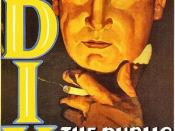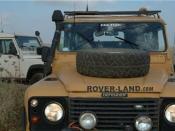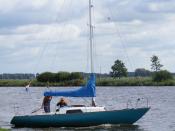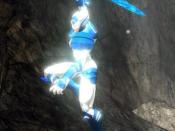Miles and Snow demonstrate in their classic study [31] that there is no "one best way" for a firm to adapt to its environment. Using many small- and medium-sized firms as empirical support, they have identified four types of adaptation: defenders, prospectors, analyzers, and reactors. They summarize the types in terms of adaptation in this manner: 1. "...the defender is perfectly capable of responding to today's world. To the extent that the world of tomorrow is similar to that of today, the defender is ideally suited for its environment." 2. "A true prospector is almost immune from the pressures of a changing environment since this type of organization is continually keeping pace with change and ... frequently creating change itself." 3. "The Analyzer is a unique combination of the Prospector and Defender types. The word that best describes the Analyzer's adaptive approach is balance." 4. "Reactors are unstable organizations because they do not possess a set of mechanisms which allows them to respond consistently to their environments over time."
Miles and Snow point out the major advantages and disadvantages of each adaptive type and argue that the success of any one type depends upon the establishment and maintenance by management of a unique configuration of or fit among the firm's chosen domain, technology (can the firm deliver?), structure, and process variables. Their theoretical framework can be of considerable assistance to a small-firm CEO in assessing the firm's present adaptive posture, in maintaining a desired posture, and in changing postures. In a rare test of the typology, Davig [11] found that both the defender and prospector strategies were highly effective for small manufacturers in a fragmented, maturing industry.







